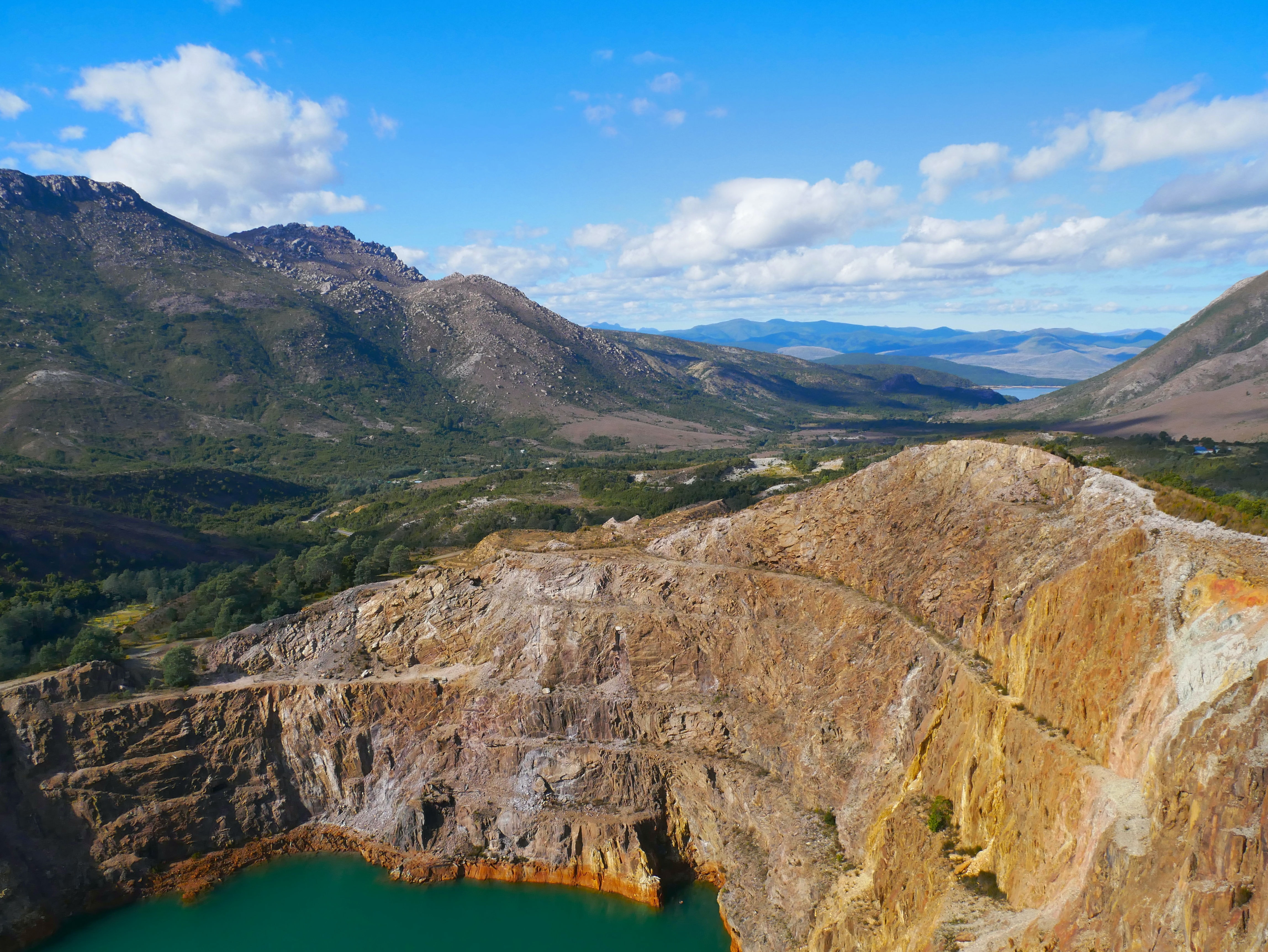Article: Mine closure and the Aboriginal estate
Article: Mine closure and the Aboriginal estate
Numerous large mines located on Australia’s Aboriginal estate are in the process of ceasing production or will do so in the coming decade. Mine closure raises issues of enormous environmental, cultural, social and environmental significance for Aboriginal traditional owners, but these issues have to date received little systematic attention, unlike the question of whether mines should be established in the first place, or the impact on Aboriginal peoples and on country of operating mines.
The commonly used term ‘mine closure’ belies the fact that mining projects continue to have impacts for decades, and in some cases for generations, after mineral extraction ceases. The authors highlight this reality, drawing on theoretical insights that stress the persistence of mine legacies and placing them in the context of wider debates about environmental and social justice. They illustrate continuing ‘post-closure’ impacts on traditional owners and the Aboriginal estate. These impacts are unlikely to be addressed through Australia’s entirely inadequate regulatory system for mine rehabilitation, or through negotiated Aboriginal–industry agreements, many of which fail to deal with closure issues.
Against this background, they highlight the need for systematic research on the effects of mine closure on Aboriginal peoples in Australia; for a radical overhaul of Australia’s regulatory system, in part to afford a central role to Aboriginal traditional owners; and for mine closure to be afforded a substantial focus in future agreements governing the development of new mines on the Aboriginal estate.
O’Faircheallaigh, C. and Lawrence, R. (2019). Mine closure and the Aboriginal estate. Australian Aboriginal Studies Journal.
Photo: Donovan Simpkin / Unsplash




